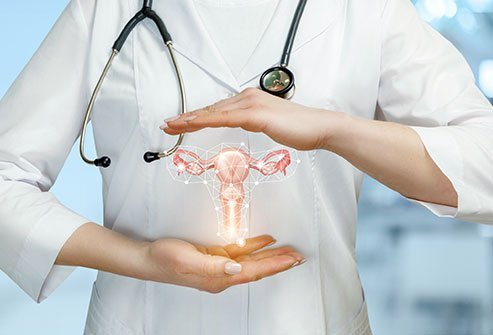Can Infertility Be Cured?

Yes, infertility can be cured depending on the cause. Various treatments can help a couple conceive and result in successful delivery. However, some causes, especially structural deformities in the reproductive organs, cannot be corrected and need treatments, such as assisted reproductive techniques for achieving pregnancy.
Infertility can occur in both males and females. Nearly one out of seven couples who have frequent, unprotected sexual intercourse for more than a year are unable to conceive a child.
How is male infertility treated?
Many times, the exact cause of infertility remains unknown and cannot be identified despite doing various tests. The doctor may recommend some fertility treatments and procedures that include:
- Treatment of infections: Infections of the reproductive system may result in infertility. A course of antibiotics helps cure them.
- Surgery:
- Counseling: If there are problems, such as erectile dysfunction or premature ejaculation, medicines and counseling may help.
- Hormonal therapy: Hormone imbalance may affect the development of sperm in some males. Hormonal therapy, such as gonadotrophin therapy, can help these males.
- Assisted reproductive techniques:
- Artificial insemination: Extracted sperm are placed either at the opening of the cervix or directly into the female uterus.
- In vitro fertilization (IVF): Healthy sperm are mixed with multiple eggs in a dish in the laboratory. Then these fertilized eggs are placed in the uterus.
- Intracytoplasmic sperm injection: Single sperm is directly injected into the egg. After fertilization, the fertilized egg is then placed in the uterus.
How is female infertility treated?
Fertility treatment in females depends on the duration of infertility, age of the female, and causes. It involves medication, surgeries, or assisted reproductive techniques.
Fertility medications
These drugs are used in cases of ovulation disorders or can be used to stimulate better egg quality or extra eggs in an ovulating woman. These drugs include:
- Clomiphene citrate
- Gonadotrophins
- Metformin
- Letrozole
- Bromocriptine
These ovulation drugs come with the risk of developing complications, that include:
- Multiple pregnancies
- Ovarian hyperstimulation syndrome
- Long-term risk of ovarian cancer
Laparoscopic surgery
This surgery involves correcting structural deformities of the reproductive system with the help of a thin, lighted tube-like camera inserted through a small incision made into the abdomen. Examples of such surgeries include:
Tubal surgeries
If the fallopian tube is blocked or filled with fluid, these surgeries help remove adhesions, dilate the tube or create a new tubal opening.
Assisted reproductive techniques
These are helpful to get pregnant with techniques that include:
- In vitro fertilization (IVF)
- Intracytoplasmic sperm injection
- Gamet intrafallopian transfer
- A small fiber-optic instrument called a laparoscope is used to guide the transfer of sperm and unfertilized egg in the fallopian tube of the female by making a small incision on the abdomen.
- Zygote intrafallopian transfer
- The egg is fertilized in the lab, and then, this fertilized egg is transferred to the fallopian tube using a laparoscope. This technique is used in females with a healthy fallopian tube.
- Eggs donor
- Embryo cryopreservation
- This method is used when the in vitro fertilization cycle produces more embryos at one time. Then remaining embryos are preserved to transfer in a future cycle.
What are the causes of infertility in males and females?
Failure to conceive can be due to a problem in the male or female or both. The cause that affects fertility is either unknown or is a combination of male and female factors.
Causes of male infertility include:
- Low or absence of sperm
- Abnormal sperm function
- Varicocele
- Hormonal disorder
- Chromosome defect
- Immunity problem
- Birth defect
- Ejaculation issue
- Undescended testes
- Previous surgery
- Infection
Causes of female infertility include:
- Ovulatory disorder (polycystic ovarian syndrome)
- Structural defects in the reproductive system organs
- Infections, such as pelvic inflammatory disease
- Endometriosis (when tissue that typically exists in the uterus grows in other places)
- Birth defects
- Hypothyroidism (underactive thyroid)
- Hormonal imbalance
